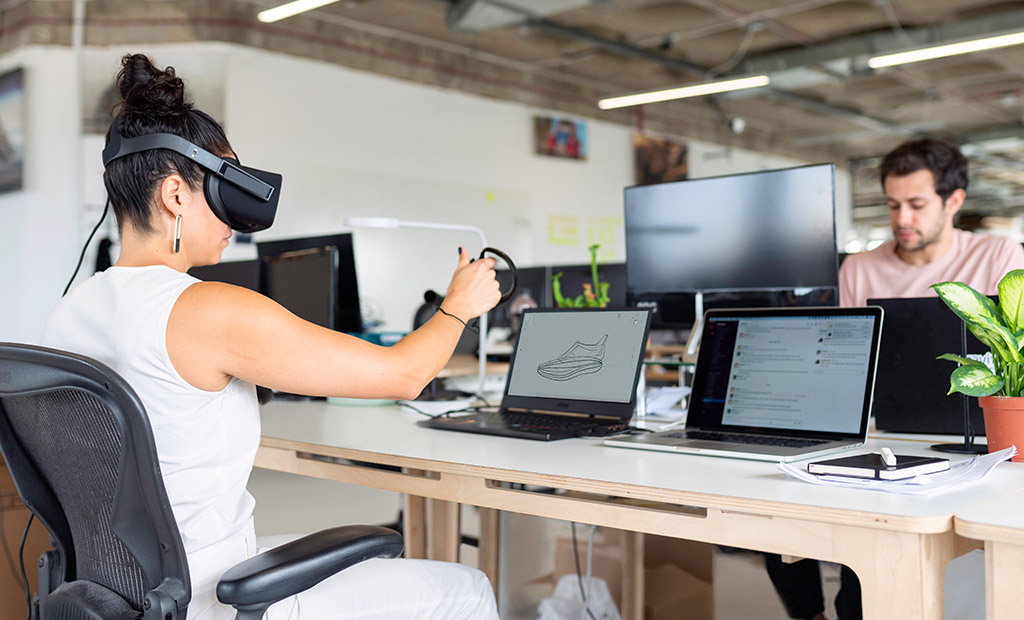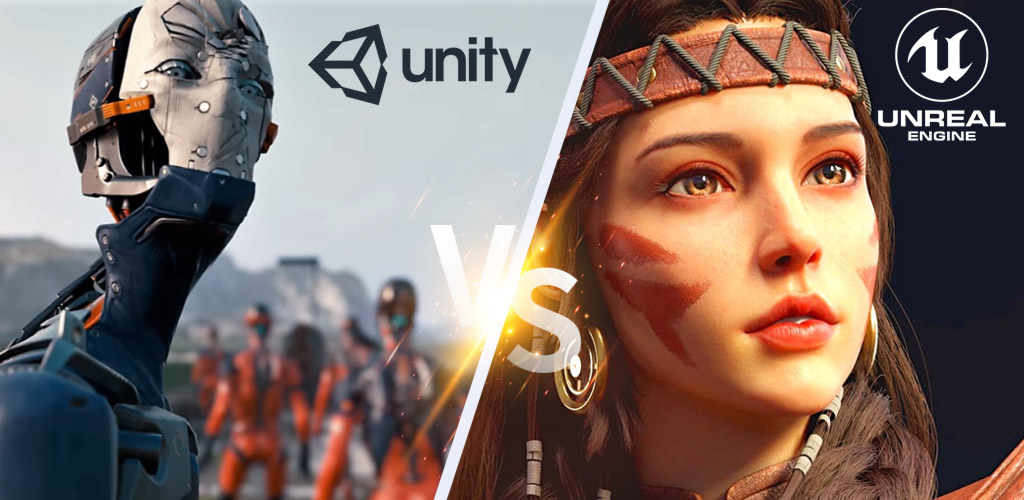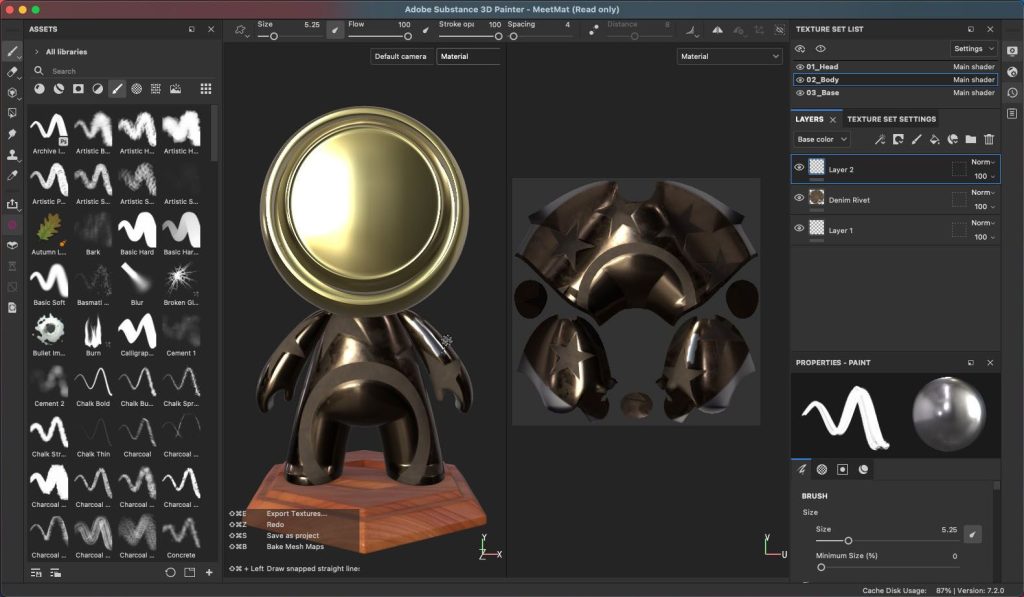Introduction
Virtual reality (VR) content creation has become a cornerstone in various industries, including education, healthcare, engineering, entertainment, and more. VR applications can be used for training, teaching, research, product design, or simply immersive entertainment experiences. Let’s delve into the intricacies of creating compelling VR content.

What is VR Content Creation?
VR content creation is the process of designing and producing 3D models, environments, and interactive experiences within a simulated virtual world. This involves crafting detailed 3D graphics, implementing realistic physics, and designing intuitive user interactions. To achieve this, content creators utilize specialized software and hardware to build immersive digital spaces.

Essential Tools and Software for VR Content Creation
- Unity: A widely-used game engine that offers a comprehensive suite of tools for creating interactive 3D experiences, including VR.
- Unreal Engine: Renowned for its high-fidelity graphics and advanced features, Unreal Engine is a popular choice for creating visually stunning VR content.
- Blender: A free and open-source 3D creation suite that provides a versatile set of tools for modeling, animation, and rendering.
- Maya: Primarily used in the film and animation industry, Maya offers robust modeling, animation, and rendering capabilities for creating high-quality VR assets.
- Substance Painter: A texturing software that allows artists to create realistic materials and textures for 3D models.
- ZBrush: A digital sculpting tool used for creating high-resolution models with intricate details.

The VR Content Creation Process
- Conceptualization: Start by defining the goal and scope of your VR project.
- 3D Modeling: Create 3D models of objects, characters, and environments using software like Blender, Maya, or 3ds Max.
- Texturing: Apply textures and materials to give objects a realistic appearance.
- Rigging: Set up a skeleton and create animations for characters.
- Level Design: Construct the virtual environment and place objects within it.
- Programming: Develop the interactive elements and gameplay mechanics using programming languages like C# or C++.
- Testing and Iteration: Continuously test and refine your VR experience to ensure optimal performance and user experience.
Key Skills for VR Content Creators
- Programming: Proficiency in programming languages like C#, C++, or Python is essential for developing interactive VR experiences.
- 3D Modeling: A solid understanding of 3D modeling principles and software is crucial for creating realistic virtual environments.
- Game Development: Knowledge of game development concepts, such as game engines, physics, and AI, is beneficial.
- UX Design: The ability to create intuitive and user-friendly interfaces is vital for immersive VR experiences.

The Cost of Outsourcing VR Development
The cost of developing VR content can vary significantly based on factors like complexity, scope, and the level of customization required. At XRTechLab, our experience spans over a decade, and we’ve successfully delivered numerous VR projects. Our typical project costs range from $5,000 to $20,000 USD, but this can fluctuate depending on specific requirements.
Conclusion
VR content creation is a dynamic and rapidly evolving field. With the right tools, skills, and creativity, you can develop immersive experiences that captivate audiences and drive innovation. If you’re looking for a reliable partner to bring your VR vision to life, XRTechLab offers a wealth of experience and expertise.
About XRTechLab

XRTechLab is a leading XR development company with a proven track record of creating cutting-edge AR, VR, and MR solutions. With over a decade of experience, we’ve helped numerous clients across various industries achieve their XR goals.
